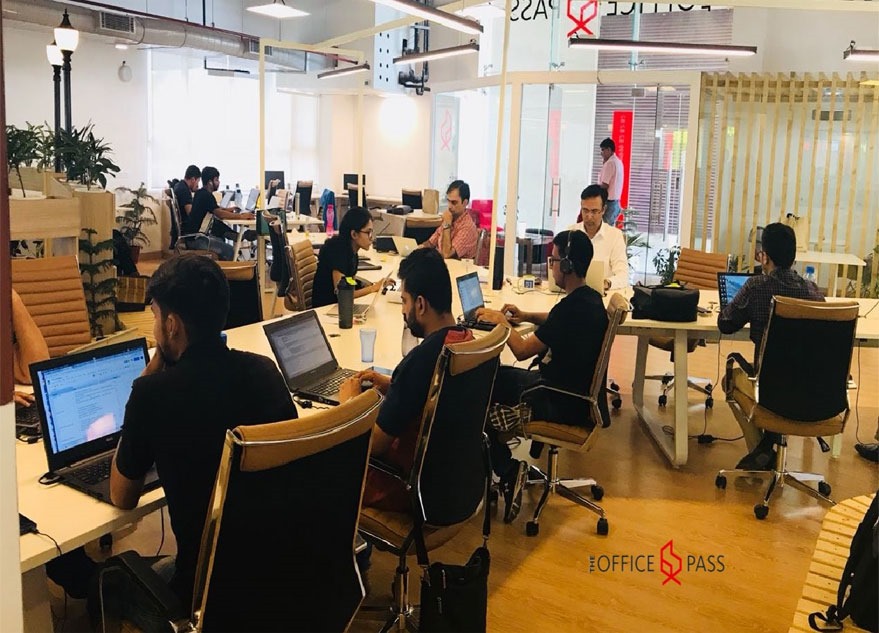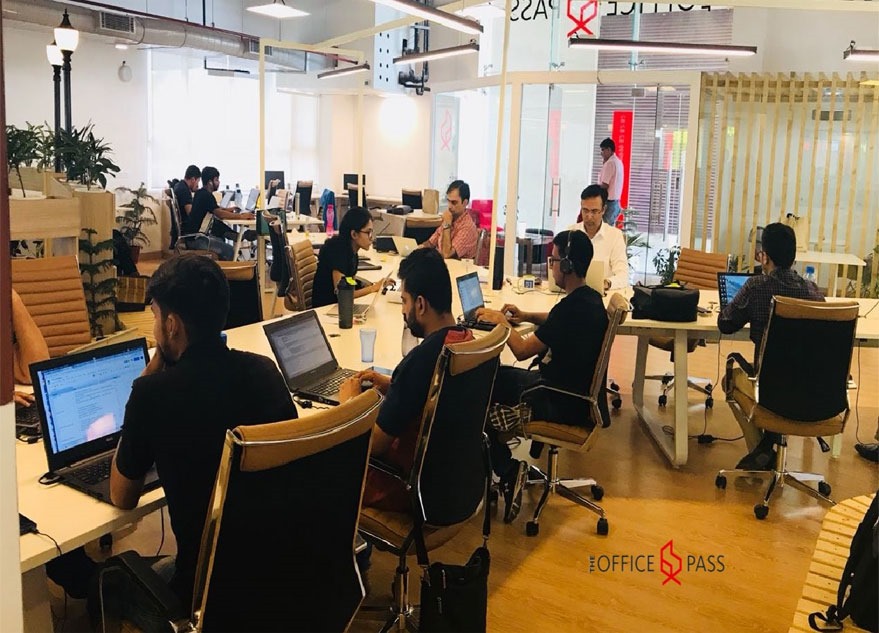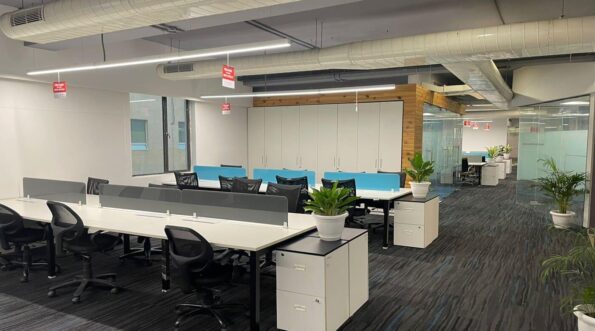Crowdfunding is a method of raising capital by collecting small contributions from a large number of individuals, typically via online platforms. It allows entrepreneurs, startups, artists, and other individuals or organizations to raise funds for projects, ventures, or causes by soliciting support from a broad audience. Small and Medium Enterprises (SMEs) can effectively leverage crowdfunding as a means to raise capital for their projects or ventures. This post aims to acquaint you with a step-by-step guide on how SMEs can utilize crowdfunding.
💡 Are you looking for Coworking space in Gurgaon, Noida or Delhi? We are just a call away.
Call Now: 08999 828282
10 Important Tips on How SMEs Can Use Crowdfunding to Raise Capital
- Set Clear Goals
- Choose the Right Platform
- Create Compelling Campaign Content
- Offer Attractive Rewards or Incentives
- Promote Your Campaign
- Engage with Backers
- Manage Finances Diligently
- Follow Through on Promises
- Build Relationships with Supporters
- Evaluate and Learn

1. Set Clear Goals
Define the purpose of the crowdfunding campaign and determine the amount of capital needed. Be transparent about how the funds will be used.
2. Choose the Right Platform
Research and select a crowdfunding platform that aligns with your business model and target audience. Platforms like Kickstarter, Indiegogo, and GoFundMe offer different features and cater to various types of projects.
3. Create Compelling Campaign Content
Develop a compelling campaign page that clearly communicates your business idea, value proposition, and why people should invest in your venture. Use high-quality images, videos, and written content to engage potential backers.
4. Offer Attractive Rewards or Incentives
Provide enticing rewards or incentives to encourage people to contribute to your campaign. These could include early access to products, exclusive discounts, or personalized experiences.
5. Promote Your Campaign
At the same time, promoting your campaign by utilizing social media, email marketing, and other channels will help reach a wider audience. Engage with your network and leverage influencers or media outlets to increase visibility.
Also Read: Best Ways to Raise Funds for Grow Your Business in India
6. Engage with Backers
Maintain regular communication with your backers throughout the campaign. Update them on the progress of the campaign, milestones achieved, and any challenges faced. Building trust and transparency is crucial for maintaining support.
7. Manage Finances Diligently
It is equally important to keep track of funds raised and expenses incurred during the campaign. Be transparent about how the funds will be managed and ensure accountability to your backers.
8. Follow Through on Promises
Deliver on your promises and fulfill rewards or incentives in a timely manner. Building a reputation for reliability and trustworthiness is essential for future fundraising endeavors.
💡 SMBs looking for HR, Marketing, Technology and Funding solutions for their business.
Call Hello Jarvis 994 8000 800
9. Build Relationships with Supporters
Cultivate relationships with your backers even after the campaign ends. They can become loyal customers, advocates for your brand, or potential investors in the future.
10. Evaluate and Learn
Lastly, assess the outcomes of your crowdfunding campaign and identify areas for improvement. Learn from both successes and failures to refine your strategy for future fundraising efforts.
To conclude, try implementing the steps described in this post to raise capital through crowdfunding for your SME. Besides, setting up your office at The Office Pass (TOP) co-working spaces available in Delhi and NCR will help you raise more funds to run smooth operations. TOP offers all the modern-day facilities to run small to medium businesses all under one roof. Contact us for more details at 08999 828282.
FREQUENTLY ASKED QUESTIONS (FAQS):
Question: What is crowdfunding?
Answer: Crowdfunding is a method of raising capital by collecting small contributions from a large number of individuals, typically via online platforms.
Question: Why do SMEs use crowdfunding?
Answer: SMEs use crowdfunding to access funding quickly, validate their ideas, and engage with potential customers and supporters.
Question: What types of crowdfunding platforms are available for SMEs?
Answer: Platforms like Kickstarter, Indiegogo, and Seedrs offer various crowdfunding models tailored to different types of projects and ventures.
Question: How do SMEs set funding goals for their crowdfunding campaigns?
Answer: SMEs set funding goals based on the costs of their projects or ventures, considering expenses such as production, marketing, and platform fees.
Question: What should SMEs include in their crowdfunding campaign content?
Answer: SMEs should include compelling descriptions, high-quality visuals, and details about their projects’ value propositions and rewards.
Question: How can SMEs promote their crowdfunding campaigns?
Answer: SMEs can promote their campaigns through social media, email marketing, press releases, and engagement with their existing networks.
Question: What are rewards or incentives in crowdfunding campaigns?
Answer: Rewards or incentives are offerings provided to backers in exchange for their contributions, such as early access to products, exclusive perks, or personalized experiences.
Question: Why is engagement with backers important during crowdfunding campaigns?
Answer: Engaging with backers builds trust, fosters relationships, and encourages continued support throughout the campaign and beyond.
Question: What should SMEs do after successfully funding their crowdfunding campaigns?
Answer: After funding, SMEs should fulfill promises to backers, manage production and delivery, and communicate transparently about progress and updates.
Question: How can SMEs leverage the success of their crowdfunding campaigns?
Answer: SMEs can use the momentum gained from successful campaigns to further grow their businesses, nurture relationships with backers, and explore additional funding opportunities.









